1. Mercury Thermometers in Science Class

Remember those mercury thermometers we used in science class? We didn’t think twice about it, but today it’s a big no-no. Handling mercury—a toxic substance—seemed like a normal part of learning back then. If one broke, you’d watch the mercury roll around, completely unaware of how dangerous it was. Nowadays, schools have moved to safer alternatives like digital thermometers, and handling mercury is left to professionals in carefully controlled environments.
2. Asbestos-Lined Classrooms
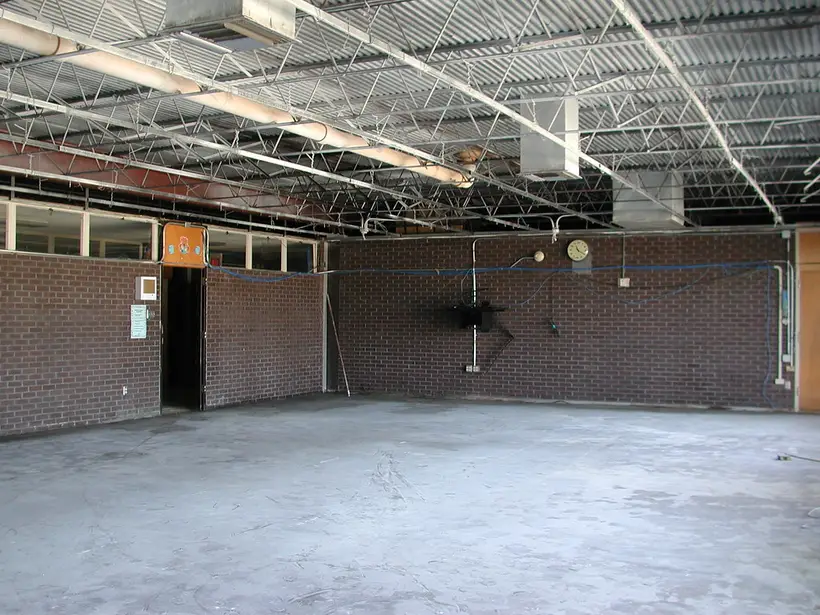
In the ‘60s and ‘70s, schools were often filled with asbestos, used for insulation and fireproofing. We didn’t know that the very walls around us were made from materials now considered hazardous. Asbestos fibers can cause serious lung conditions, including cancer, and today, schools undergo major renovations to remove every last trace. Back then, we sat in those classrooms every day, oblivious to the dangers hidden in the walls and ceilings.
3. Real Lead Pencils
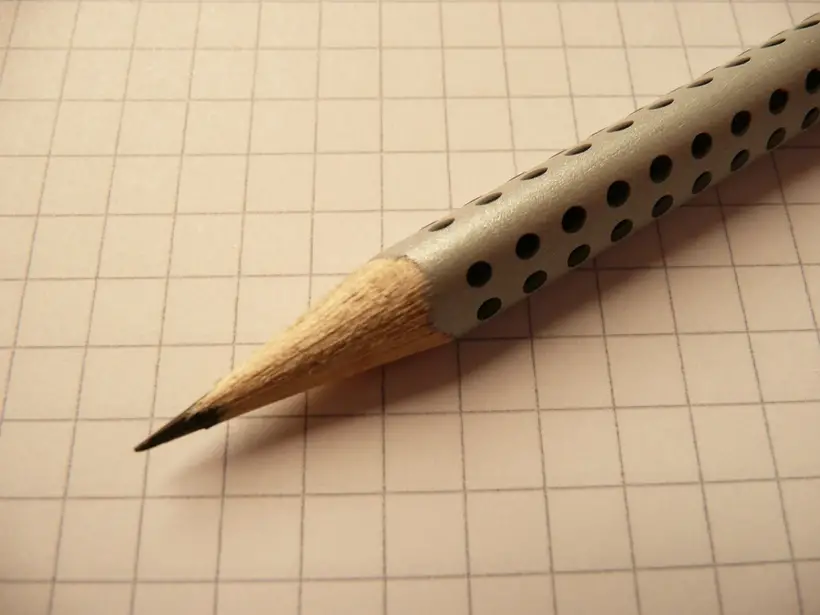
Yes, actual lead in pencils! We didn’t think twice about the idea of lead poisoning from the pencils we used daily. The name “lead pencil” has stuck, but what we used to write with was once a health hazard, exposing us to trace amounts of lead when sharpened, broken, or chewed. Eventually, they were replaced by pencils made with non-toxic graphite, but for years, kids used the real thing, blissfully unaware of the risks.
4. Climbing High Jungle Gyms
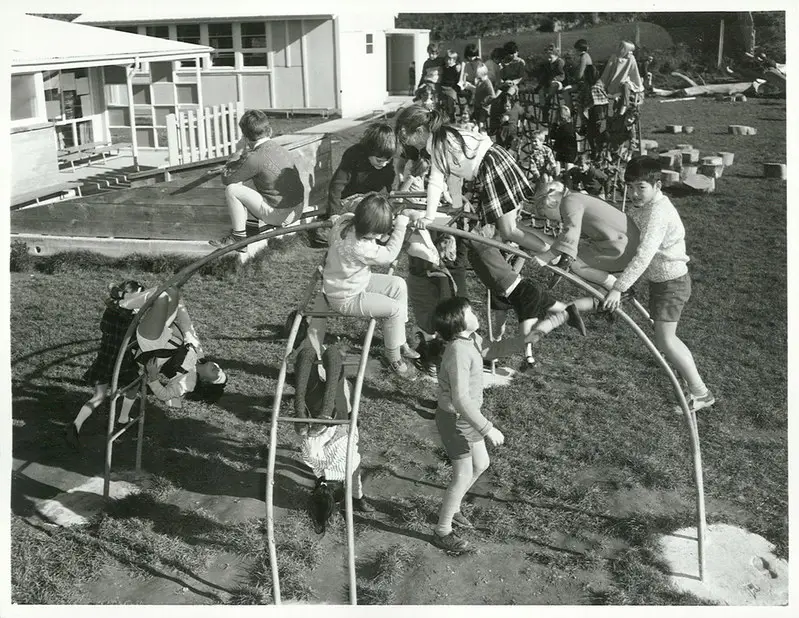
Remember recess? Those towering metal jungle gyms were everywhere, and climbing to the top was a badge of honor. No soft padding underneath either—just hard dirt or pavement, ready to break your fall. We were expected to hang from dizzying heights with little more than a teacher’s warning of “be careful!” Today’s playgrounds look drastically different, with shorter, safer equipment, and soft rubber mats replacing hard concrete.
5. Dissecting Animals in Biology

Back in the day, dissecting real frogs, worms, and sometimes even larger animals was a regular part of biology class. Scalpel in hand, we’d cut open these creatures with little concern for hygiene, proper handling, or ethical implications. Today, many schools have replaced this practice with virtual dissections or opt for other less harmful teaching methods due to safety concerns and growing awareness about animal welfare.
6. Playing Dodgeball with No Rules
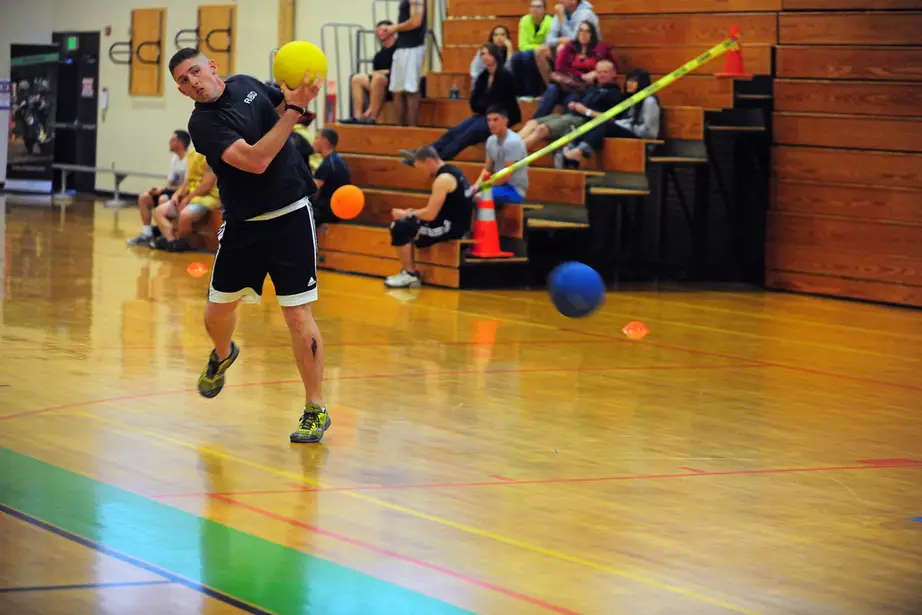
Dodgeball back in the ‘70s and ‘80s was a no-holds-barred activity where getting hit in the face with a fast-moving ball was just part of the game. There were no soft, cushioned balls back then—those rubber ones stung when they connected. Nowadays, strict rules govern dodgeball in schools, and the focus has shifted away from aggressive elimination games to safer, more inclusive alternatives.
7. Chemistry Labs with Open Flames
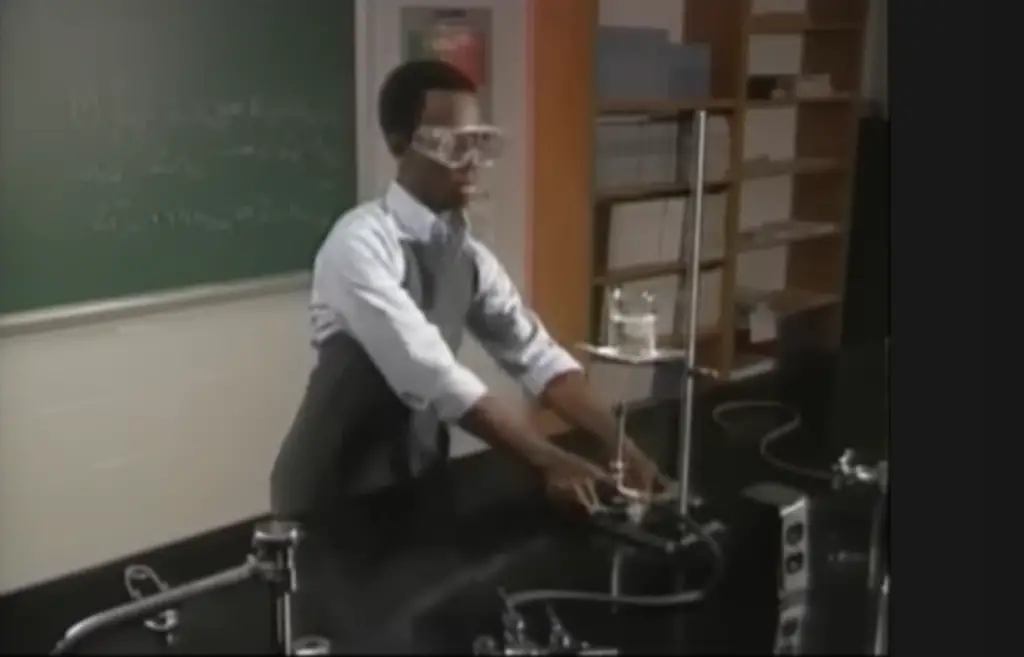
Remember those Bunsen burners in chemistry class? Playing with open flames in a room full of flammable substances wasn’t exactly the safest setup. Some students would try lighting things on fire “for fun,” and without strict safety protocols in place, there were bound to be a few accidents. Today, fire safety is much stricter, and many schools use virtual labs or tightly controlled environments for experiments involving open flames.
8. Tobacco Plant Education
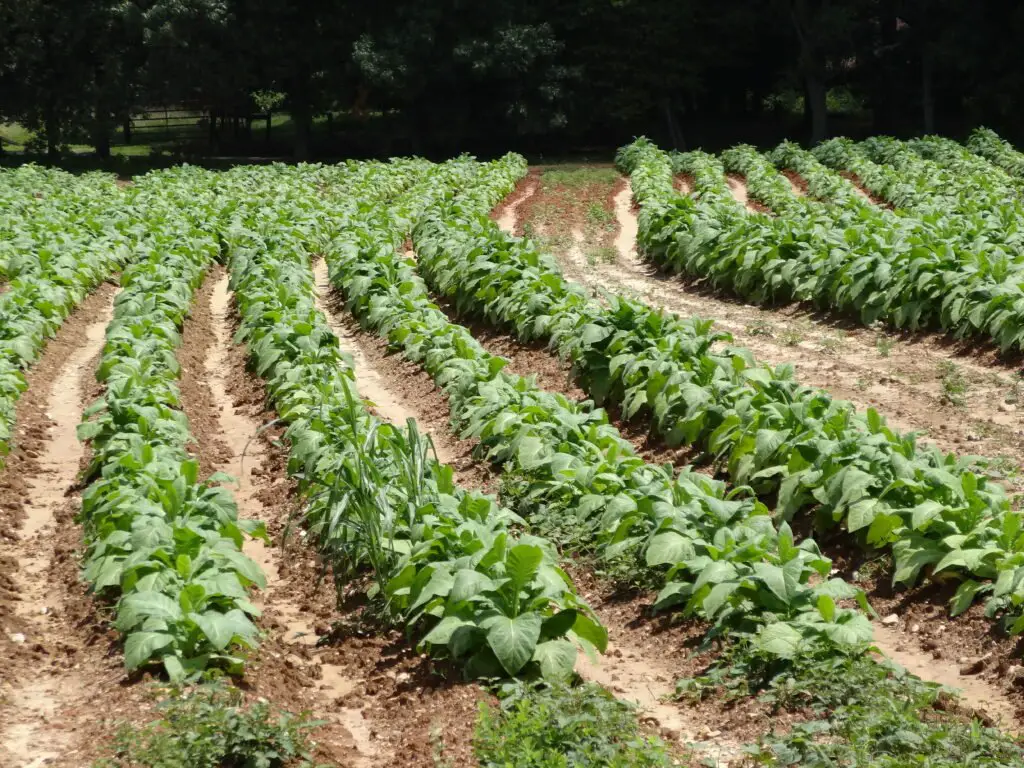
In some parts of the country, it wasn’t uncommon for schools to visit local farms as part of an agricultural education program. Kids would be shown how tobacco was grown and harvested. While the dangers of smoking were known, the exposure to the crop itself was normalized. Today, such a trip would likely be replaced by discussions about health risks and the long-term impact of tobacco.
9. No Helmets for Bike Rides
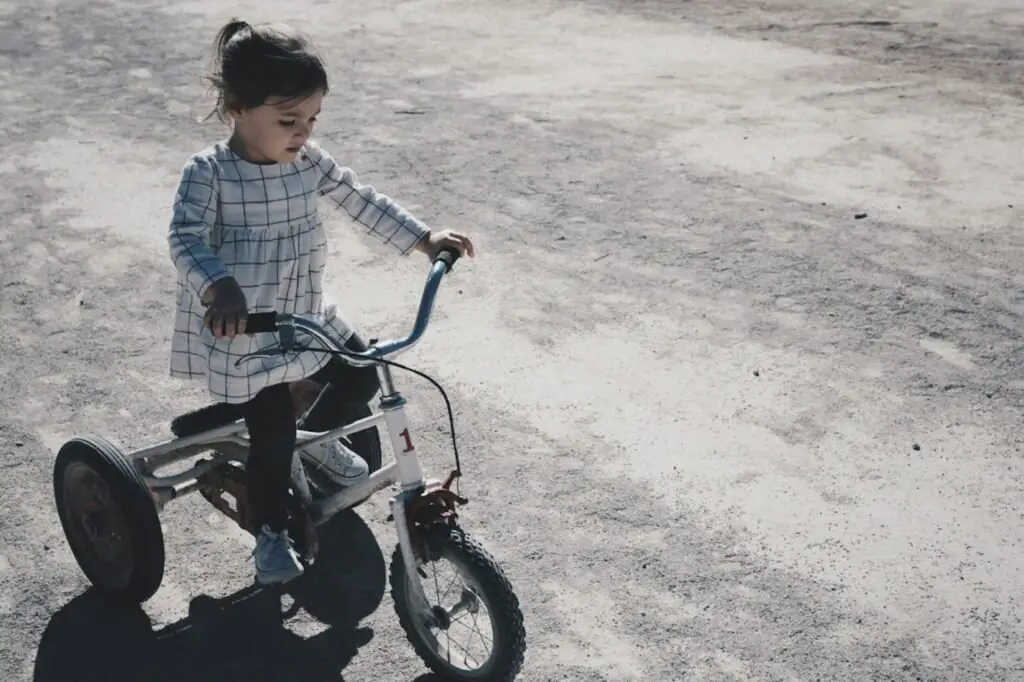
Back then, bike helmets were rare. If you brought your bike to school, you rode home with the wind in your hair, maybe even carrying a buddy on the handlebars, without a second thought to safety. Today, helmets are mandatory in most places, with schools strongly enforcing these rules to protect students from serious head injuries.
10. Tetherball: The Swinging Danger
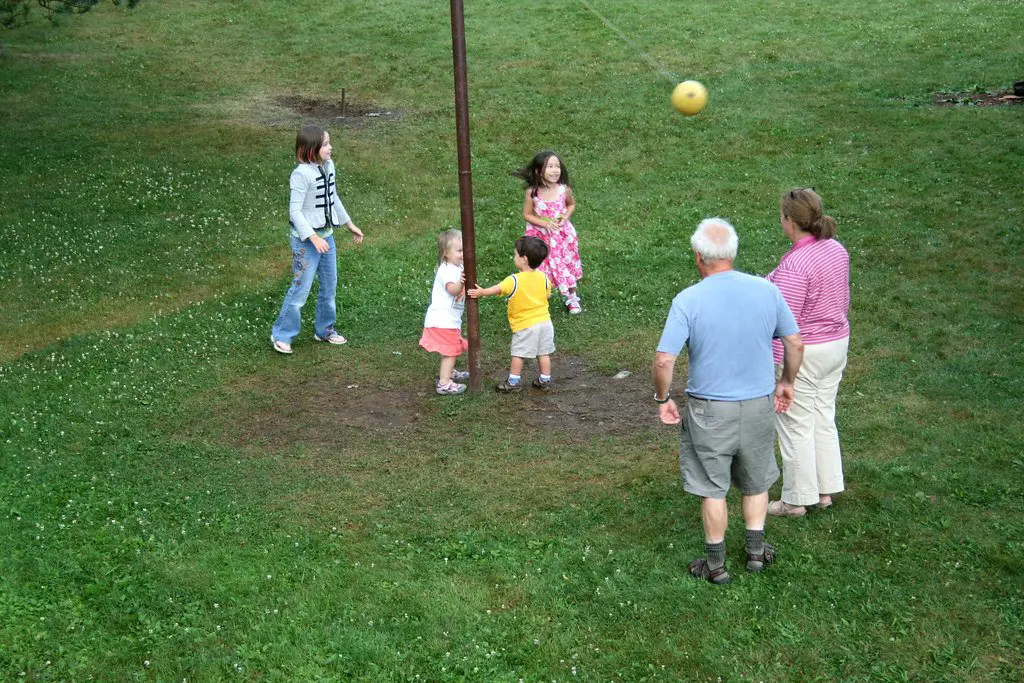
Tetherball was a playground favorite, but looking back, it wasn’t exactly the safest activity. A hard rubber ball attached to a metal pole by a rope, swinging in wild circles at head height—what could go wrong? Whether getting smacked in the face or tripping over the rope, injuries were common. Nowadays, tetherball has been phased out in many schools or modified with softer, safer materials.
11. Sitting on Hot Metal Slides
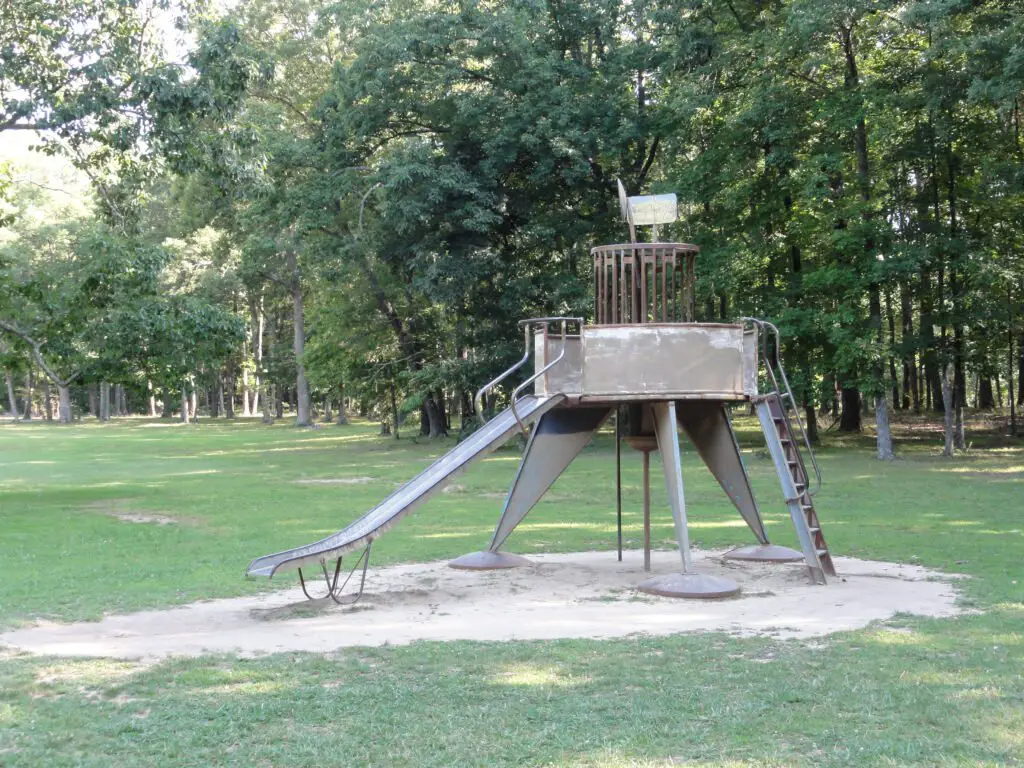
Playgrounds in the ‘70s and ‘80s had tall, shiny metal slides that would bake in the sun, turning them into sizzling hot surfaces. Sliding down one of those in shorts was like getting burned in slow motion, but that never stopped us. Today, playground slides are often made of plastic and shaded to prevent them from heating up, making them far safer for little legs.
12. Using Film Strips and Projectors
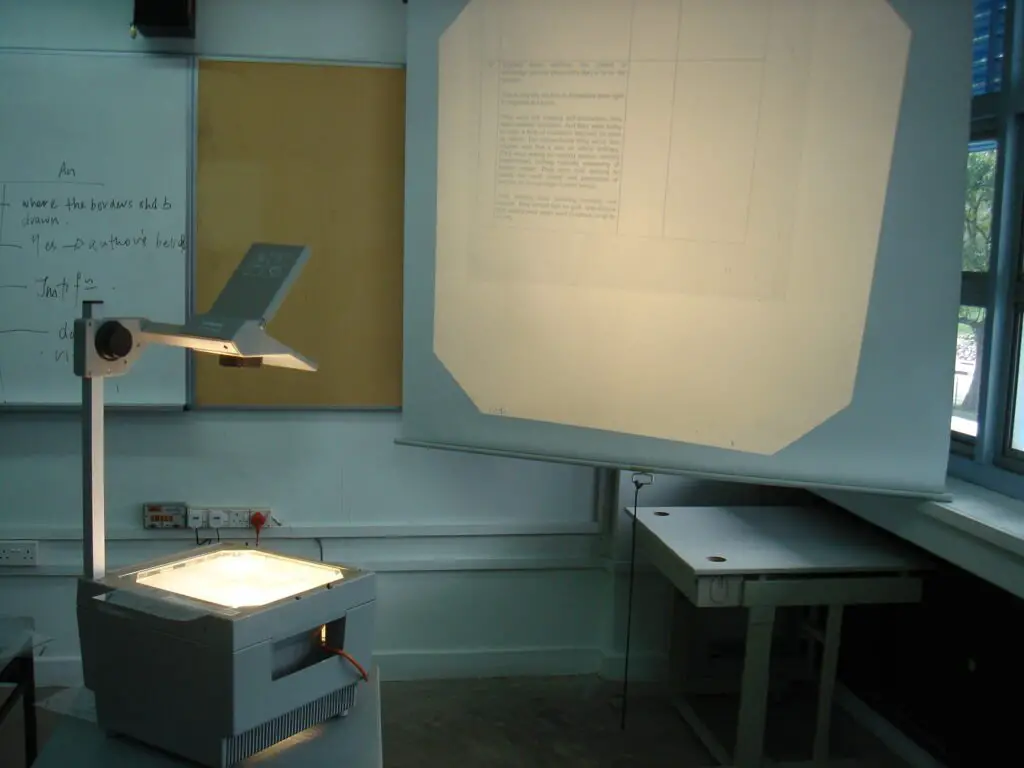
It’s not the film strips themselves that were dangerous, but the bulky, hot projectors we used to watch them. Teachers would sometimes leave those things unattended, and the projectors could overheat and spark. More than a few kids got burned trying to help change a bulb or adjust the film. Today, we have digital projectors that are far safer, with no exposed bulbs or film to mess with.
While we survived these activities, looking back, it’s hard not to feel a little amazed at just how different safety standards were. The carefree days of climbing towering jungle gyms or handling chemicals without a second thought seem almost surreal now, but they also remind us of a time when life felt a little simpler—if not entirely safer.



